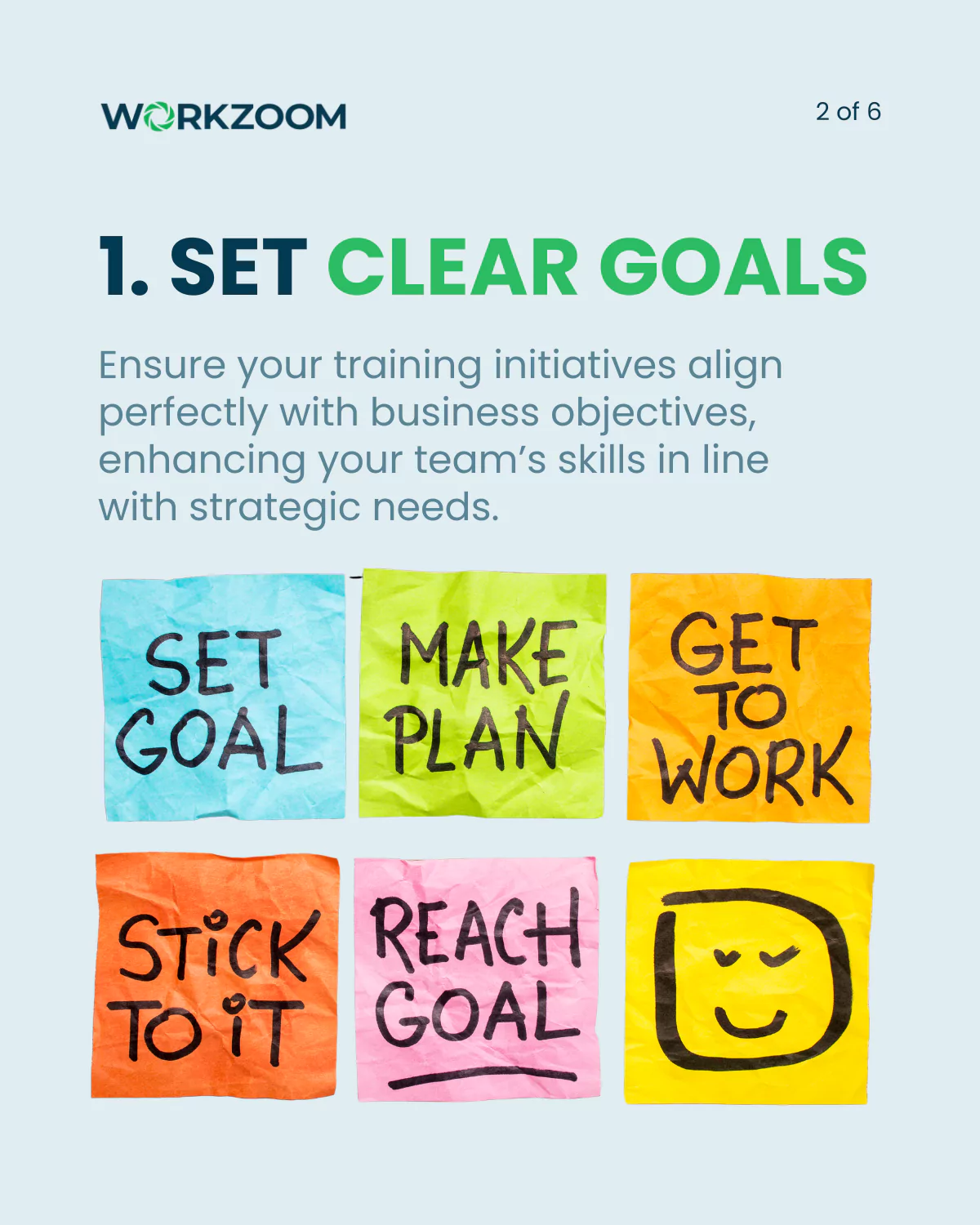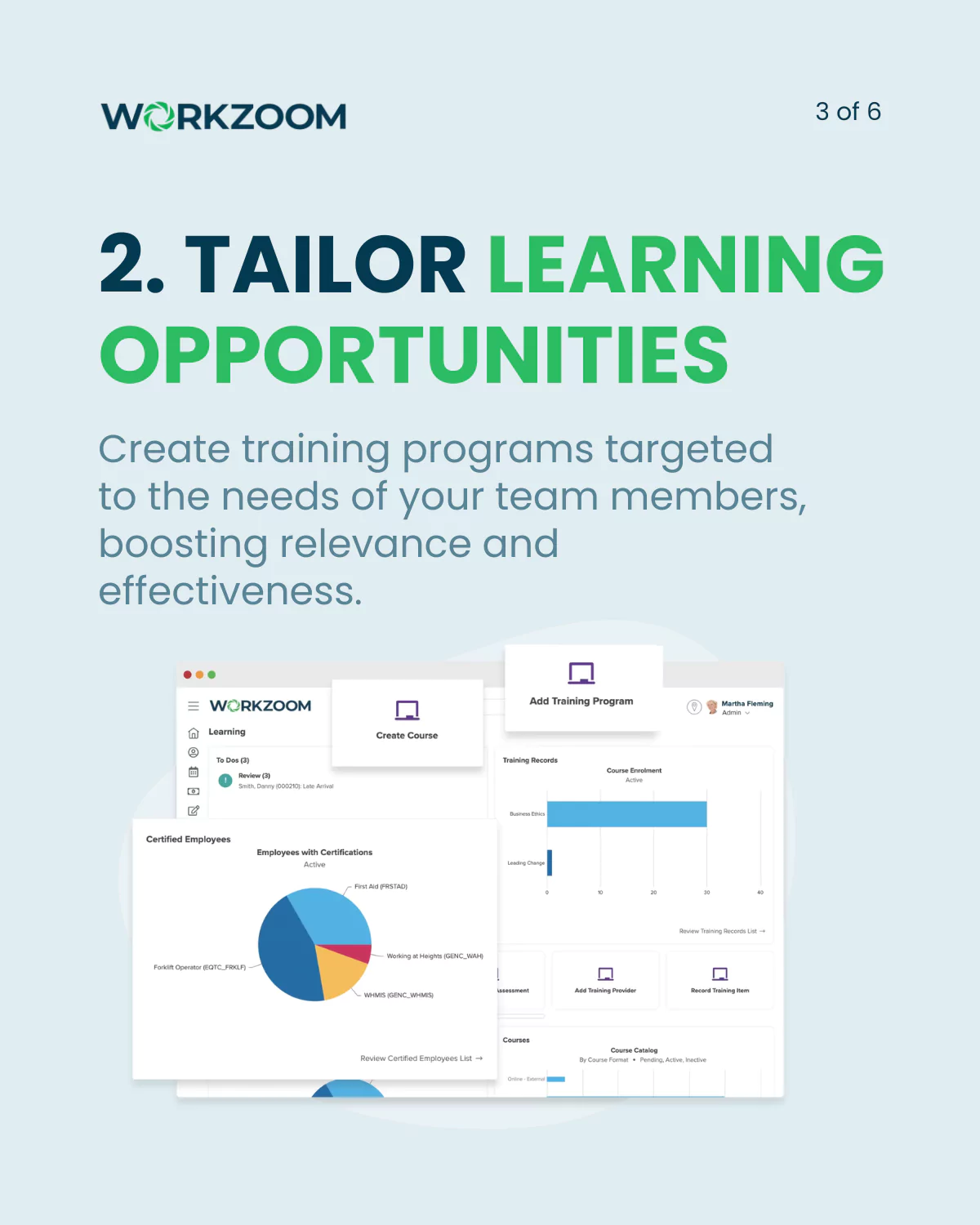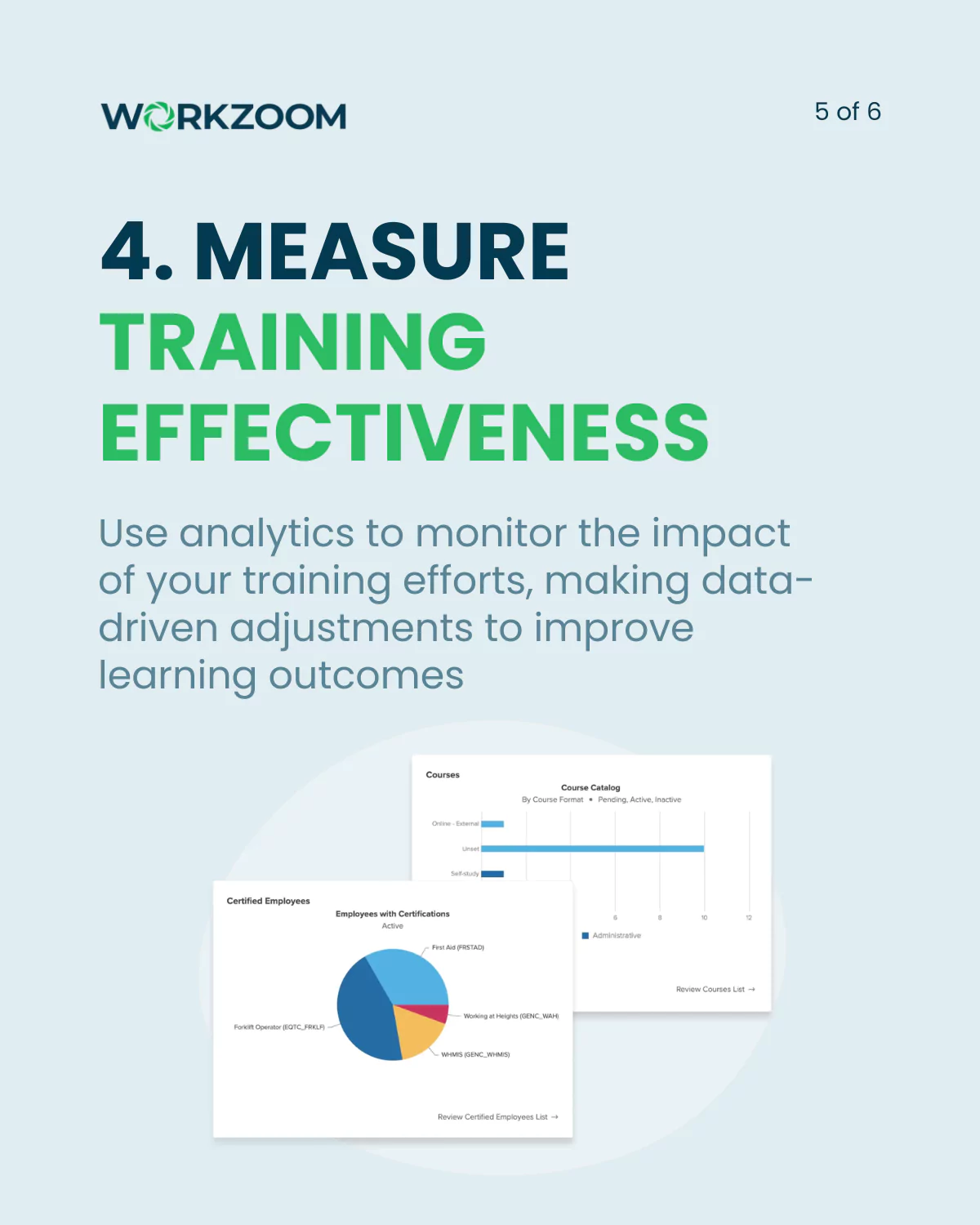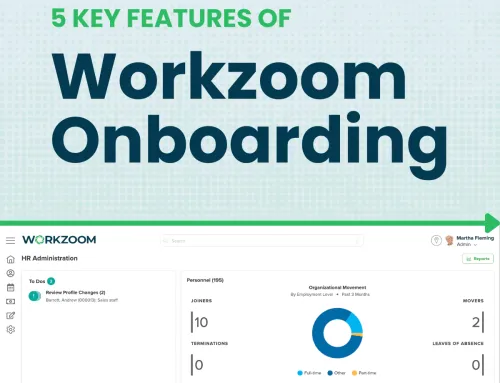These days, continuous learning is not just a nice-to-have; it’s a necessity. Teams that commit to ongoing development are more agile, innovative, and better equipped to meet the challenges of tomorrow. But how do you create a learning environment that truly empowers your team? Here are four strategies to ensure your team not only learns but thrives.
1. Set Clear Goals
Before diving into any training program, it’s crucial to align learning initiatives with your business objectives. When goals are clear, training becomes more than just a box to check—it becomes a powerful tool to advance your strategic priorities.
Start by identifying the specific skills your team needs to achieve your company’s goals. Whether it’s improving customer service, mastering new software, or enhancing leadership abilities, tailor your learning programs to these objectives. Clear, relevant goals not only keep the training focused but also ensure that your team members understand the “why” behind their learning, making the experience more meaningful and motivating.
2. Tailor Learning Opportunities
One size rarely fits all, especially when it comes to learning. Your team is made up of individuals with unique strengths, weaknesses, and learning styles. Recognizing this diversity is key to creating effective training programs.
Consider personalized learning paths that cater to individual needs. Some team members may benefit from hands-on workshops, while others might prefer self-paced online courses. By offering a variety of learning formats and resources, you can increase engagement and ensure that each team member gets the most out of their training experience.
3. Stay Up-to-Date
The world of work is constantly evolving, and so should your team’s knowledge and skills. Regularly updating your training programs to reflect the latest industry standards and compliance requirements is critical.
Staying current not only keeps your team knowledgeable but also ensures that your company remains competitive. This could involve refreshing certifications, introducing new learning modules, or incorporating the latest technology into your training arsenal. By prioritizing up-to-date learning, you’re helping your team stay ahead of industry changes and ready to tackle new challenges.
4. Measure Training Effectiveness
Training without measurement is like sailing without a compass—you might be moving, but you don’t know if you’re heading in the right direction. To ensure your training efforts are making a difference, it’s important to measure their impact.
Use analytics to track key performance indicators (KPIs) related to learning outcomes. Are team members applying new skills on the job? Is there an improvement in performance metrics post-training? Gathering and analyzing this data allows you to make informed adjustments, optimizing your training programs for even greater effectiveness.
In Conclusion
Investing in team learning is an investment in your organization’s future. By setting clear goals, tailoring learning opportunities, staying current, and measuring effectiveness, you can create a culture of continuous improvement that drives success.









